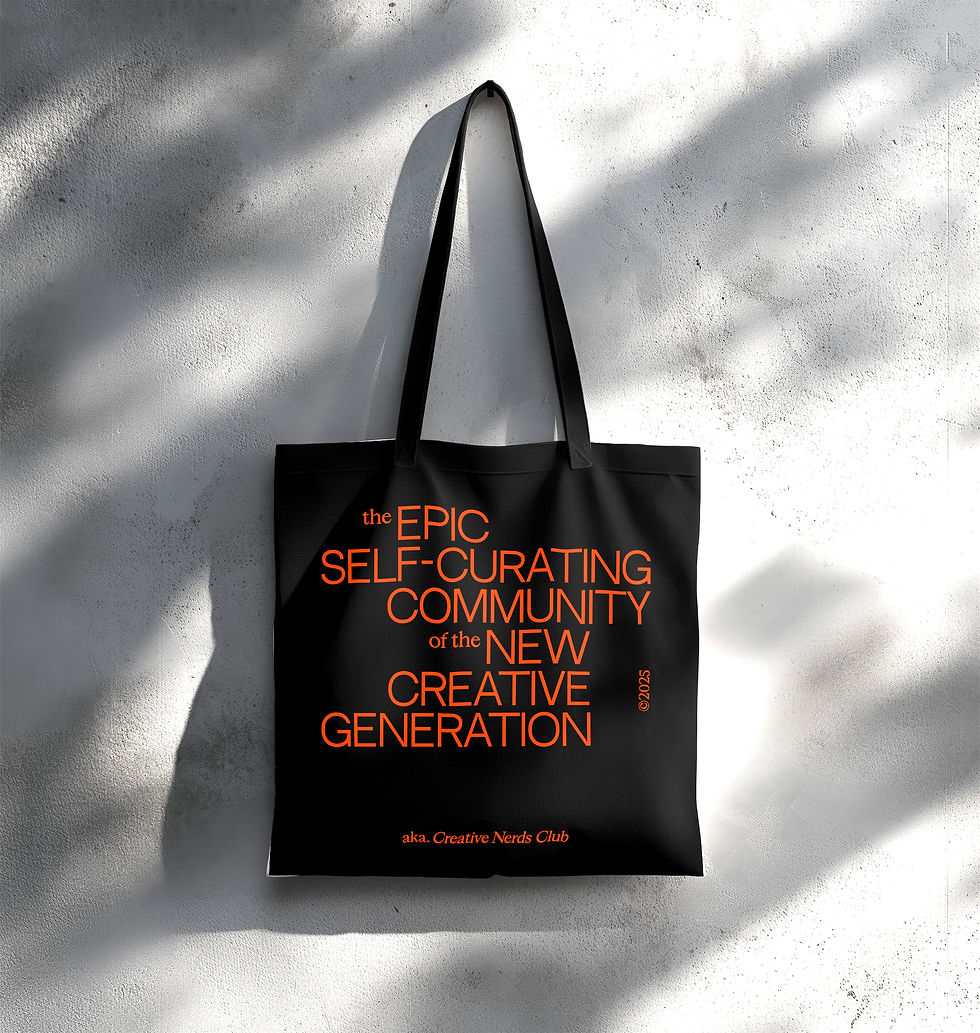DIALOGUE: Zeynep Boyan | Artist
- Onur Çoban

- Aug 5, 2023
- 3 min read
Updated: Aug 23, 2023

We talked with the artist and designer Zeynep Boyan about her work and practice, which draw upon the exploration and reflection of her visual memory - a culmination of spaces, nature, self-expression, and past influences.
The discovery and reflection of past influences are essential to your artistic and design practice. How did creating your unique creative language, combining inspiration from the past with a contemporary perspective, develop?
It is hard to determine exactly when this process started. However, if I had to give an answer, I would say that it begins with 'being.' Being present in the moment while also acknowledging my past and my future. Being aware of the impact of these experiences have on my life and how they eventually shape my decisions. When they all came together, a unique ground is formed. This ground is created by the reflections of the cities I have lived in, the people I have met, and the experiences I have gained, which eventually has a saying in my creative process.

How do you use balance, tension, negative space, and movement in your creative process? How do these concepts manifest themselves in your work?
I perceive my surroundings in layers: the table, the book on the table, the light hitting them from behind, the contrast between the bright surface on the book and the shadow on the table, and all the gradients that come with it. It is possible to see such layers in every object or frame. Balance, tension, negative space, and movement are the repetitive elements in every layer. My intention is to combine these elements in my practice with the urge to give life to what I imagine. It is fair to say that my work starts with imaginary landscapes and turns into physical objects.
Photo by Samuel Fournier
"Whether it is the plasticity it offers during the production process, the firing temperature, or the texture it offers after firing, each clay has a different potential. I am excited by this relationship and the getting to know each other."
Please tell us a little bit about your production process. Which of the analog and digital techniques are you closer to?
My production process draws from many fields, whether through formal education, practice or personal interest. During my collage years, I had the opportunity to meet incredible artists such as İlyas Ergin İnan and Gürbüz Doğan Ekşioğlu. I learned their artistic practices by taking elective courses from fine arts department in addition to my main practices; photography and cinema. From the engraving lessons I took with Mr. İnan, I now occasionally create original linocut print works in my studio. Each sculpture leaving the studio is accompanied by an edition of the print that I produce. This multi-faceted approach is why I don't consider my work as one-dimensional. While I enjoy hands-on production, the formal training I received in cinema and photography will always remain integral to my practice. Their influence can be seen in the frames I select when photographing my pieces, as well as in the exhibition materials and catalogs I create.
What are the challenging and exciting aspects of working with clay which you see as your means of expression? What excites or motivates you the most in this process?
Working with clay, which I see as my means of expression, presents both challenging and exciting aspects. Each type of clay possesses unique characteristics. In my work, I use a high-fired stoneware clay that hardens significantly after firing, becoming nearly non-porous. Stoneware clay itself comprises various types, making it a process to find the most suitable one for each intended piece and then proceed with production. Once the suitable clay is discovered, a long-term relationship is established. Every type of clay holds distinct potential, whether it's the plasticity it offers during the production process, the firing temperature it requires, or the texture it exhibits after firing. Developing a connection with the clay and getting to know its qualities at every step is what truly excites me about working with this medium.

Photo by Camille Dubuc
Who are the names you follow with curiosity in this field or different disciplines?
Recently, I added 'Ha'lar,' a book by Ege Berensel, a visual researcher and media artist, to my library. This book of poems consists of variations of processed poems by pioneering poets such as Ruth Wolf-Rehfeldt, Claus Bremer, Yüksel Pazarkaya, and Ernst Jandl. These poems were written on Oliver Courier and Remington Rand typewriters between 1990 and 2000. The book impressed me with its visually unique world, narrative achieved through the repetition of words, and the metamorphosis of their meanings. Discovering such versatile and original work is truly a gem.
Are you excited for the future, and what are your plans?
The future is exciting and definitely puts a smile on my face. I am very excited about the new pieces we will be adding to our furniture collection and launching in Europe before the end of this year.











































